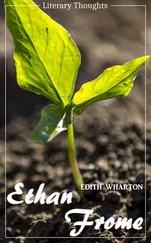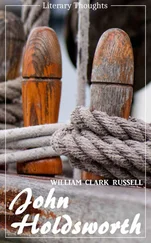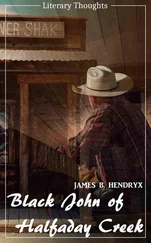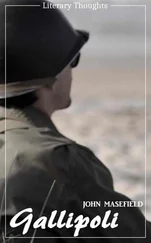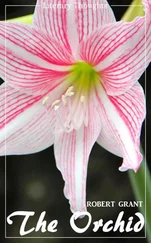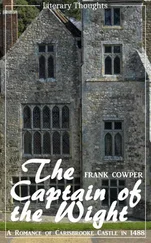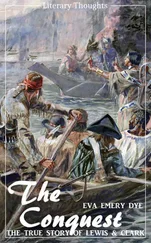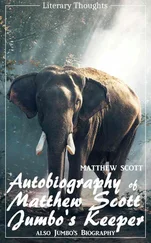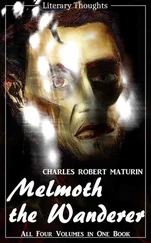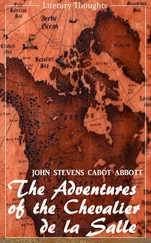On the site of the present Cathedral, in a “wattle and daub” cottage, lived a drover. In this cottage he was one day found dead, and, dying intestate, the property—thought little of at the time—reverted to the Crown, and eventually was secured by the Church of England authorities, to whom Governor Macquarie made a grant of it. Later, he laid the foundation stone of the present Cathedral. As one stocks would not suffice, there were, in conspicuous places about the city, four more.
As long before as 1796, Sydney’s first theatre had been opened. Certainly it could not have been much of a building, costing, as it did, only £100. The first play performed in it was Dr. Young’s tragedy, “The Revenge,” a piece long since dead and forgotten, but which, in the latter part of the 17th century, had no small reputation as a public favourite. But it is the prologue of the old play that, first mouthed in the first Australian theatre, made the occasion so memorable, and for ever rescued from oblivion the title, at least, of Young’s play. And although the passage alluded to above is one of the stock quotations of the language, it may not be out of place to here give the four famous opening lines—
“From distant climes, o’er widespread seas we come,
Though not with much eclat or beat of drum
True patriots we, for, be it understood,
We left our country for our country’s good”
The tariff of admission was not extravagant, or does not seem so to us, seeing that a seat in the gallery, the fashionable part of the house in those days cost only one shilling cash, or its equivalent in spirits, flour, meat, or other necessaries. This, however, so it is said, was not actually the first entertainment of its kind in the colony, inasmuch as a performance of Farquhar’s “The Recruiting Office,” has been traced back to June 4, 1789—the birthday of George III.—“on which date some prisoners were graciously permitted to show their loyalty to their Sovereign by acting this play”—The 1796 theatre came to a bad ending. Whether truly or not, it was said that owing to its establishment crime increased to such an extent that the Governor ordered it to be pulled down; and for some years Thespian entertainments were not heard of except as private indulgences. Authorities are divided as to the authorship of the prologue, although it has been generally attributed to the notorious convict, George Barrington. This claim is, however, strongly contested by the late Mr. Samuel Bennett, in his valuable work, “The History of New South Wales,” in which the author considers it highly probable that the lines were written by Lieutenant-Colonel Collins, and that the fathering them upon Barrington was merely by way of joke. Be this as it may, the prologue, apart from the single verse given, is an extremely clever bit of work, teeming with sly allusions to the former proclivities of the actors.
The open Haymarket space of to-day was in these years, 1817-20, occupied by the Government brickyards. Hence the Brickfield Hill of our own time. In the meantime, the site of the present Town Hall had been occupied by a public pound, which, when the ground was presently required for other purposes, was removed to that upon which the brick fields stood. Also, upon the Haymarket, was situated the first toll-bar. A paddock extended from here right through to Hay-street, whilst a creek ran out into a large pond, that took up most of Ultimo. It was known as Dickson’s Pond, and was a common resort of the citizens when they felt like going for an afternoon’s duck shooting.
There were few other streets, and these mostly nameless, besides the ones already mentioned. Bush tracks, to be made into thoroughfares later on, abounded. Before Governor Macquarie appeared on the scene, there were indeed no “streets.” The sparsely built upon and straggling ways were known as “rows.” But in Macquarie’s time these were altered. Thus “Pitt’s Row” became Pitt-street. “Soldiers’ Row” Park-street, “Back Soldiers’ Row” Kent-street, etc. Market-street was merely a boggy lane; Woolloomooloo a farm, and Hyde Park a racecourse. Tribes of blacks roamed about Botany, North Shore, and Manly, and camped around and in the infant city itself.
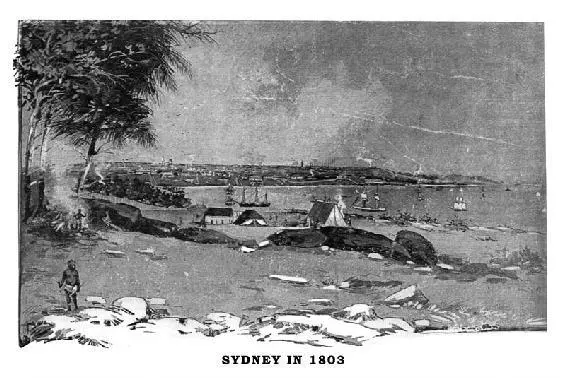
The Botanic Gardens, Farm Cove, and most of the bay shores and headlands were all primitive bush. On the banks of the little creek in the Gardens, then a sparkling stream, now a sluggish pond, bridged, and with its course obstructed, was a favourite corroboree-ground of the natives. The present University grounds were known as Grose’s Farm; but the other suburbs, Newtown, Marrickville, Leichhardt, Glebe and Forest Lodge, were all thick bush, with, perhaps, here and there, the small cleared patch of some enterprising settler.
The barracks lay between George, Clarence, Margaret, and Barrack streets, and are remarkable only as the scene of the first step towards Bligh’s deposition by Major Johnson, and the New South Wales Corps of notorious memory:
“The drums beat to arms; the New South Wales Corps—most of them men primed with rum—formed in the barrack square, and with fixed bayonets, colours flying, and band playing, marched to Government House, led by Johnson. The Government House guard waited to prime and load, then joined their drunken comrades, and the house was surrounded.” The rest is matter of common history.
Prominence has purposely been given to the foregoing picture of Sydney, in order, if possible, to place before the reader some idea of what changes had taken place since Phillip left it—practically a city of great distances, and but little else. In 1809 Macquarie had arrived, and, as we have seen, took to the work of improving and extending Sydney with a ready and willing mind. Grose and Hunter had done little in this way, lacking opportunity and time. The former was only in office two years; and Hunter had his hands too full with the squabblings of the New South Wales Corps to admit of leisure for much else.
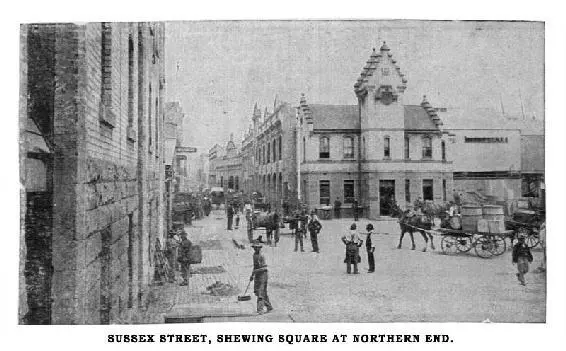
His term of office though, was notable for one happening, i.e., the first civil action of any magnitude was tried in Sydney The facts are worth stating:—“A soldier of the New South Wales Corps shot a hog, belonging to a Mr. Boston, for trespass. The owner of the hog used abusive language to the soldier. At the instance, so Boston alleged, of two of his officers, the soldier beat him with a musket. For this Boston claimed £500 damages. The trial lasted two days, and the court (a military one) gave a verdict against two of the defendants, with damages 20s each. The Governor, on appeal, confirmed the verdict. Thus, as a contemporary writer gleefully observes, “Though it was sought to make the Government a sort of military despotism, yet the seeds of civil freedom were sown, and would, in due season, bud and blossom,” a prediction, as we who now read, can amply testify, thoroughly borne out.
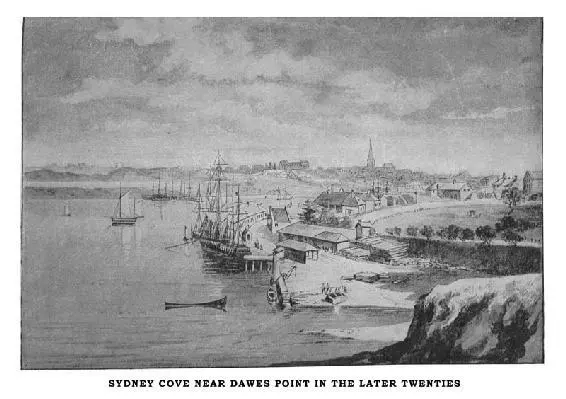

Let us see, now what Macquarie thought of his charge. He writes in his first dispatch:
“I found the colony barely emerging from infantile imbecility, suffering from various privations and disabilities; the country impenetrable beyond forty miles from Sydney; agriculture in a yet languishing state; commerce in its early dawn; revenue unknown; threatened with famine, distracted by faction; the public buildings in a state of dilapidation; the few roads and bridges almost impassable; the population in general depressed by poverty; no credit, public, or private; the morals of the great mass of the population in the lowest state of debasement, and religious worship almost entirely neglected.”
Читать дальше





